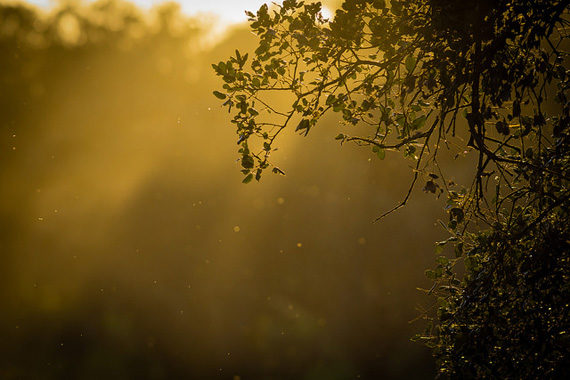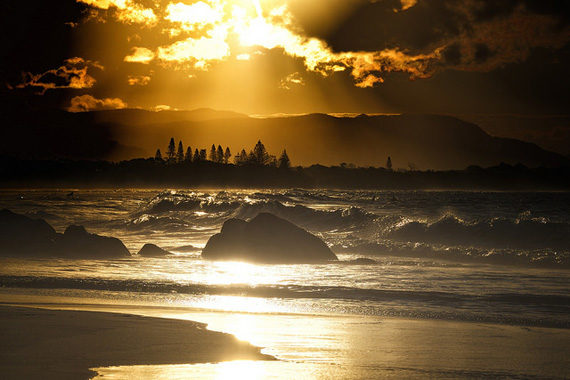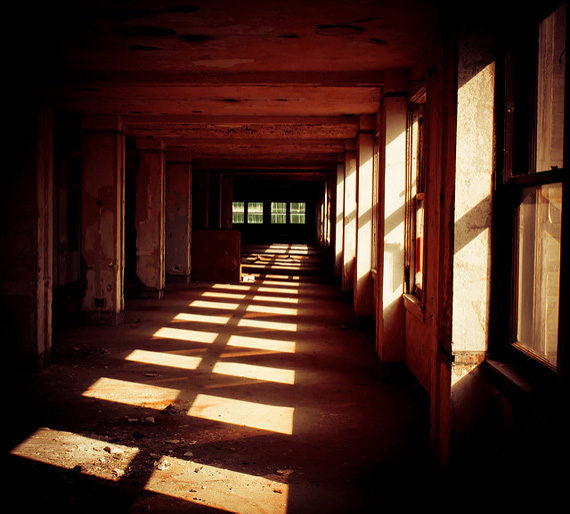Light. We can’t take photos without it, and yet it seems poorly understood by many photographers. Something that has such influence on our photos deserves an understanding of its basic characteristics. When you think about what light is and isn’t, you can use it to create more interesting photos.

Photo by Paulo Valdivieso; ISO 320, f/7.1, 1/250 exposure.
Light is Light
Some photographers get hung up on the difference between natural light and artificial light. The problem is that there’s no such thing as artificial light. It’s all electromagnetic radiation. Light is just the part of electromagnetic radiation that is within the visible spectrum, but it behaves the same as any other radiation. There are only two ways to create it. Atoms create incandescent light when they release thermal vibrations as electromagnetic radiation after being heated. Electrons create luminescence when they release energy as electromagnetic radiation. Both of these types of light happen in nature—from fire, sunlight, fireflies, or even algae.
You don’t need to think about these things when creating photographs. Just don’t let misinformation and myths sway you against a type of light because of its source. Light is light.
Quality
Rather than being concerned about the source of the light, pay more attention to the quality of the light. Photographers talk about light being hard or soft, as an indication of the shadows cast on our subject. It really has more to do with the direction of light and how it reflects.
Light travels in a straight line until it hits something that causes it to reflect. Direct light from a single source can produce dark shadows and shiny, specular reflections. A specular reflection happens when light hits a flat surface and bounces off at the same angle of incidence (meaning if it hit the surface at a 45 degree angle, it will reflect at a 45 degree angle). Direct light is hard light.

Photo by Richard Rydge; ISO 200, f/14, 1/1700 exposure.
A diffuse reflection happens when light hits an uneven subject. The light still reflects at the angle of incident, but the uneven surface introduces more angles to cause reflection in different directions. That’s why soft boxes have a diffuser in front to spread the light around. As light hits the diffuser, the rough surface changes the direction of some light particles, preventing shiny surfaces and filling in areas in shadow to create soft light.
Size Matters
The size of your light source, relative to your subject, determines how hard or soft the light is on your subject. The sun is a large source of light, but its distance reduces its size relative to your subject. In comparison, a soft box next to your subject is a much larger source of light relative to your subject.
That’s why a diffuser must be close to your subject to create soft light. As you move the diffused light source farther away from your subject, less diffused light hits your subject. Why? Because that light is traveling in different directions. That leaves you with the direct light traveling toward your subject, even from a soft box. If you want soft light, use a large, diffused source. If you want hard light, use a small, direct source.
Direction
We’re used to perceiving light coming from above. The sun spends most of its time overhead. Many buildings have overhead lighting. It’s natural for us. Maybe that’s why we have such a strong reaction to sidelight. It’s unexpected and may have dramatic results. Perhaps that’s why we love seeing the sunrise or sunset. It’s a brief period of day that signals change. Illumination from below seems unnatural, though, invoking a sense of dread or fear. Under-lighting creates strange shadows where we aren’t used to seeing them.
The direction can greatly influence the mood of your scene.

Photo by Nick Stankus; ISO 200, f/11, 1/400 exposure.
Color
Temperature affects the color of light, and therefore, how we perceive it. In nature, incandescent luminance changes color from red to orange, and then to yellow, as temperature increases. We respond instinctively to color—cool blue or warm orange glow. We can make a person seem sickly by using a green cast, or the picture of health using daylight. Color affects how the human mind perceives a scene. That’s why theatrical productions use color on stage to set a mood for a scene. It’s in our nature to respond to color.
The Biggest Influence
Everything we see is a reflection of light. By understanding and using these basic characteristics of light, we can dramatically improve the results of our photos.
About the Author:
William Beem is a photographer and author living in Central Florida. He manages a blog offering photography tips and travel photos. Occasionally, he also provides training along with the folks at Harmon Photo’s School of Photography.
Like This Article?
Don't Miss The Next One!
Join over 100,000 photographers of all experience levels who receive our free photography tips and articles to stay current:






Like the simplicity of the article. Easy to understand